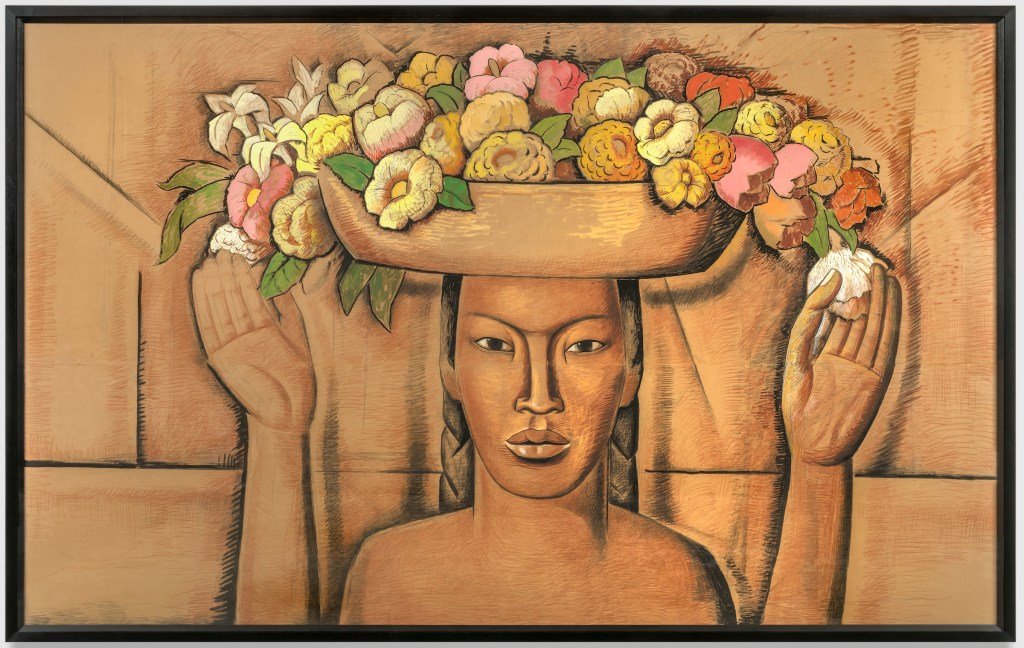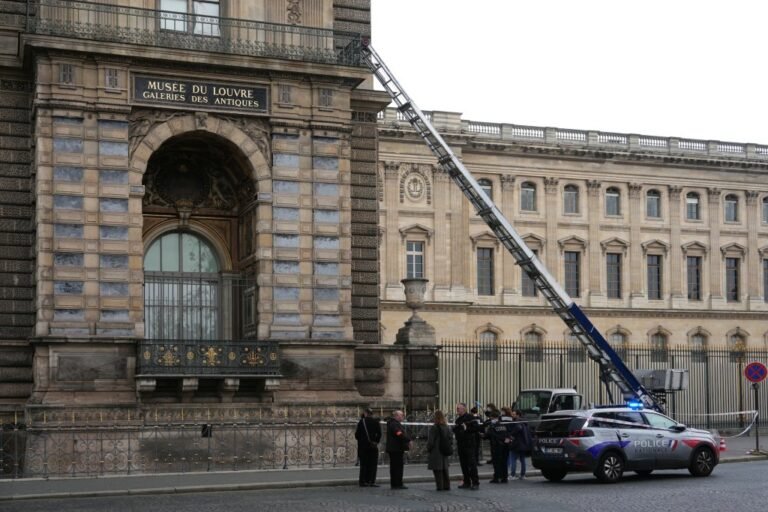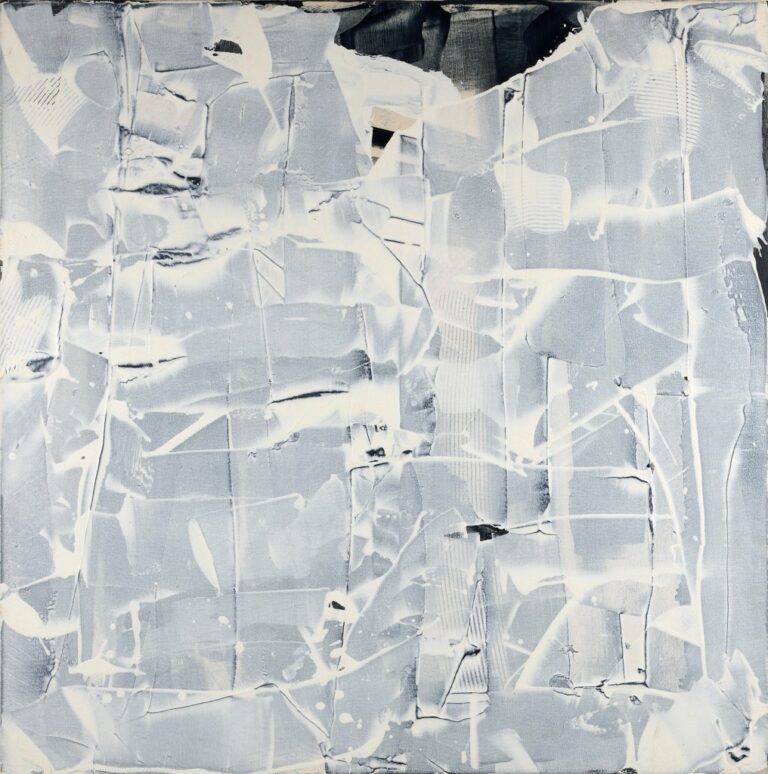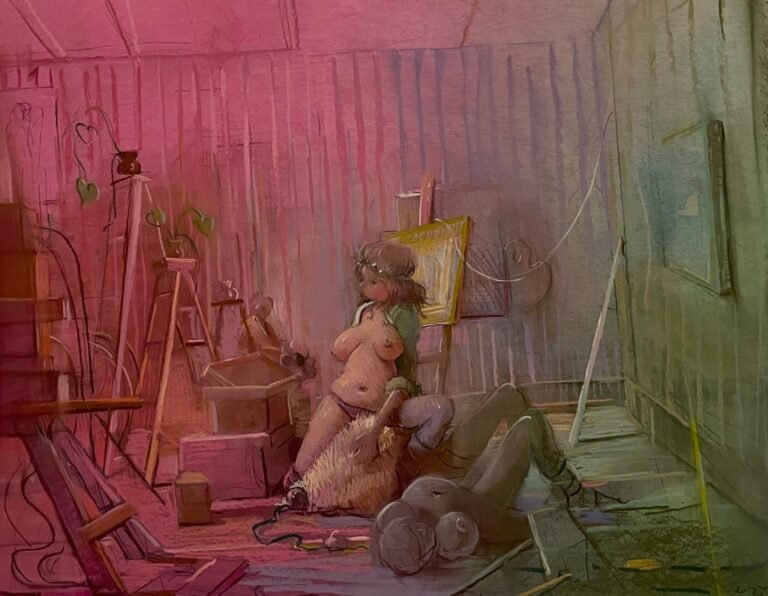

This month, we’re highlighting several shows that offer sorely needed historical perspectives on art in Los Angeles. Renowned print publisher Gemini G.E.L., for instance, presents a four-decade survey of prints by Robert Rauschenberg, showcasing their longtime collaboration that pushed the boundaries of printmaking. A show of rarely seen works by Alfredo Ramos Martínez offers new insights into this famed Mexican muralist, who spent the last 15 years of his life in LA and left an unfinished mural at Scripps College when he died in 1946. Act on It! at the Vincent Price Art Museum pays homage to the Brockman Gallery, a pioneering hub for Black art and artists in South LA, while TJ Shin repurposes an air raid siren, once a common feature throughout the city, to trace networks of migration and militarism. The two-venue exhibition Monuments, though not focused on LA, is a profoundly moving investigation into the ways that art reflects the narratives and fictions we tell ourselves about who we are as a nation.
Puppies Puppies: Forbidden Colors (Free)(Palestine)(Sudan) | Transgender Abstraction to Transgender Conceptualism
Ceradon, 1933 West Kingston Place, Echo Park, Los Angeles
Through December 6

Across two related exhibitions, Puppies Puppies (Jade Guanaro Kuriki-Olivo) uses color, light, and text to reflect on contemporary struggles for liberation. With a nod to the title of Felix Gonzales-Torres’s seminal 1988 artwork, Forbidden Colors (Free)(Palestine)(Sudan) features three walls painted green, white, and red — the colors of the Palestinian and Sudanese flags — with the word “Free” emblazoned in neon. Transgender Abstraction to Transgender Conceptualism complements this with monochrome pink, blue, and white paintings with the same dimensions as the stripes on the transgender flag, essentially turning the gallery into a monumental declaration of freedom and human rights. In keeping with Puppies Puppies’s frequent pairing of the poetic and the practical, the shows’ press release will be updated with resources for contributing to Palestinian, Sudanese, and Congolese aid.
Pintor de Poemas: Unseen Works by Alfredo Ramos Martínez
Ruth Chandler Williamson Gallery, Scripps College, 251 East 11th Street, Claremont, California
Through December 14

Pintor de Poemas presents more than two dozen works by Alfredo Ramos Martínez, many on view for the first time, offering new perspectives on this pivotal figure in the development of Mexican Modernism. As director of the Escuela Nacional de Bellas Artes in Mexico City, now part of National Autonomous University of Mexico, he established open-air painting schools that would prove influential for subsequent generations of muralists. In 1929, he moved to Los Angeles, where he gathered a following in Hollywood and created several public artworks including “Las Vendedoras de Flores” (1935–38) at Scripps College, a mural left unfinished upon his death in 1946. The exhibition includes studies for that mural, as well as other drawings and paintings that reflect themes of labor, political struggle, and Indigeneity.
Robert Rauschenberg at Gemini G.E.L.: Celebrating Four Decades of Innovation and Collaboration
Gemini G.E.L., 8365 Melrose Avenue, Beverly Grove, Los Angeles
Through December 19

Robert Raschenberg was one of the first artists to work with now-legendary LA print publisher Gemini G.E.L., having made his first print there one year after its founding in 1966. This show covers four decades of their fruitful collaborations, illustrating how they pushed printmaking in new directions together. More than 50 works are on view, including their first collaboration, “Booster” (1967), a six-foot tall print composed of x-rays of Rauschenberg’s body; the Cardbirds series from 1971, which mimicked the look and texture of cardboard boxes; and L.A. Uncovered (1998), a series of vivid screenprints in homage to the city. A concurrent companion exhibition will be held by Gemini G.E.L. at Joni Moisant Weyl in New York.
Kathleen Ryan: Souvenir
Karma, 7351 Santa Monica Boulevard, West Hollywood, California
Through December 20

With her monumental, bejeweled sculptures of rotting fruit, Kathleen Ryan is a master of balancing the off-putting and the opulent, the enticing and the repellent. Souvenir features two new bodies of work that mark an evolution in her use of materials, yet share the visceral and charged associations for which she is known. At the center of three cast-concrete peaches sit car engines in place of pits, steel and chrome contrasting with the sculpture’s organic curves. In another series, Ryan enlarges cheap plastic rings, recreating their forms out of soda cans and bowling balls, giving literal weight to these seemingly inconsequential childhood trinkets.
Sabrina Gschwandtner: Absinthe, Smoke, Sugar, Choice
Shoshana Wayne Gallery, 5247 West Adams Boulevard, West Adams, Los Angeles
November 1–January 10, 2026

Sabrina Gschwandtner’s sewn and colored 35mm film quilts draw from cinematic history to offer examples of women’s independence and bodily autonomy for a post-Roe world. Ironically, she find these precedents in two early films from a pre-Roe world directed by women: Alice Guy-Blaché’s “Madame’s Cravings” (1906), in which a pregnant woman steals while her partner minds the child, and a 1931 documentary about the Frontier Nursing Service, which brought healthcare to women in rural Appalachia by horseback. Alongside her cinematic constructions, Gschwandtner presents an archival video and text project focused on her mother, who obtained an illegal abortion before the 1973 passage of Roe v. Wade.
Nevena Prijić: Three Moments of an Explosion
Ochi, 605 North Western Avenue, East Hollywood, Los Angeles
November 1–January 10, 2026

Nevena Prijić’s enigmatic abstractions resemble artifacts from the scientific world: tiny lifeforms glimpsed through a microscope or celestial bodies adrift in the cosmos. They are, in fact, the result of a systematic process of creative discovery, beginning as drawings on mylar sheets. Prijić then layers and arranges the transparencies, photographs them, and projects them onto the canvas, before meticulously rendering the new compositions in oil paint. These evocative and perplexing paintings invite exploration into their origins, but do not readily reveal their secrets.
Lee Lozano: Hard Handshake
Hauser & Wirth, 901 East 3rd Street, Downtown, Los Angeles
October 30–January 18

Lee Lozano was a fiercely independent and wildly mercurial artist who explored conceptual art, Minimalism, Surrealism, and feminist art, before withdrawing from the art world completely around the time of her 1971 Whitney Museum show. Hard Handshake collects over 100 drawings made between 1959 and 1968, showcasing an important element of her diverse practice. Beginning with early self-portraits, the drawings range from cartoonish depictions of genitalia and other body parts to expressionistic renderings of industrial tools and airplanes, often suffused with a libidinal energy.
Act on It! Artists, Community, and the Brockman Gallery in Los Angeles
Vincent Price Art Museum, 1301 Avenida Cesar Chavez, Monterey Park, California
Through January 18, 2026

The Brockman Gallery (1967–1990) was a vital focal point for Black artists in Los Angeles, providing a place for them to show outside the narrow confines of the mainstream art world. Founded just two years after the Watts Rebellion of 1965 by brothers Dale Brockman Davis and Alonzo Davis, who passed away earlier this year, the gallery exhibited work by David Hammons, Betye Saar, Charles White, Carrie Mae Weems, and many others. Act On It! includes dozens of works by Brockman Gallery artists from LACMA’s collection, highlighting its historical significance and ongoing legacy. The exhibition is part of the Art Bridges Cohort program, through which LACMA has formed an art-sharing partnership with seven Southern California institutions, including the Vincent Prince Art Museum. The exhibition will travel to LACMA in the fall of 2026.
TJ Shin: Songs of Emerging Endangerment
Los Angeles State Historic Park, 1315 North Spring Street, Chinatown, Los Angeles
Through February 22

From World War II through the Cold War, hundreds of air raid sirens stood guard throughout Los Angeles, sounding a test alarm once a week. Though the system was shut down in the 1980s, a couple of hundred silent sentinels still dot the streets of the city. TJ Shin’s sound installation Songs of Emerging Endangerment repurposes one of these sirens to play bird calls. Shin asked 50 participants to imitate calls of endangered migratory birds, and then in a second round, to copy these interpretations. The resulting patterns of call and response sound hourly from dusk to dawn throughout the show’s run, overlaying systems of migration and communication with those based on militarism and fear.
MONUMENTS
The Geffen Contemporary at the Museum of Contemporary Art, 152 North Central Avenue, Downtown, Los Angeles
The Brick, 518 North Western Avenue, East Hollywood, Los Angeles
Through May 3, 2026

Public monuments have been central to current debates over race, history, and representation. Almost 200 US monuments, many of them celebrating Confederate history, have been decommissioned and taken down over the past decade, though the Trump administration has taken steps toward re-erecting some. The two-venue show Monuments features several of these sculptures and statues, some of which bear the marks of vandalism and protest while others retain their patina. At MOCA Geffen, these are presented alongside recent and newly commissioned work by contemporary artists including Karon Davis, Hank Willis Thomas, and the late Nona Faustine, who offer nuanced and often difficult reconsiderations of our collective past. Especially moving is the short film “HomeGoing” (2025) by Davóne Tines and Julie Dash, an elegiac musical tribute to those who were killed in the 2015 mass shooting at Mother Emanuel AME Church in Charleston, South Carolina. On view at the Brick, Kara Walker’s “Unmanned Drone” (2023) reassembles a bronze monument to Confederate general Thomas Jonathan “Stonewall” Jackson that the nonprofit acquired in 2021, scrambling the facile, heroic narratives embedded in these statues.


